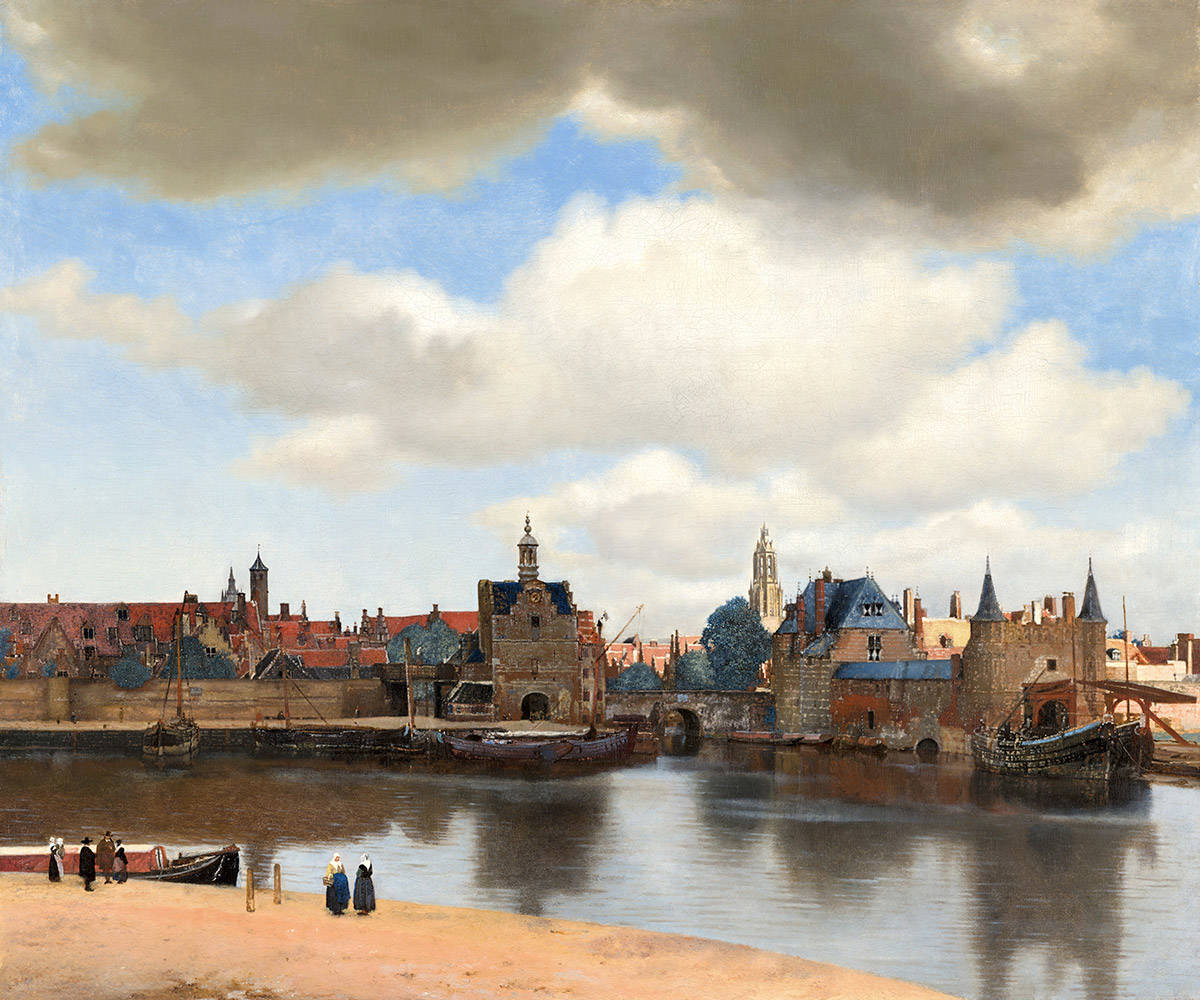
Carel Fabritius was a Dutch 17th-century painter with a completely unique style. He painted portraits, still lifes, views of towns and cities and history paintings, often in bright colours and with clever lighting.
In 1654 Fabritius painted one of his most extraordinary pictures, The Goldfinch. It is a lifelike portrait of a little bird pictured against a white wall. That same year, at the age of 32, Fabritius was killed when a gunpowder warehouse exploded in Delft. As a result, he left behind a small but very varied body of work consisting of only 12 paintings, each one of which is a unique masterpiece.




